- News
- Reviews
- Bikes
- Components
- Bar tape & grips
- Bottom brackets
- Brake & gear cables
- Brake & STI levers
- Brake pads & spares
- Brakes
- Cassettes & freewheels
- Chains
- Chainsets & chainrings
- Derailleurs - front
- Derailleurs - rear
- Forks
- Gear levers & shifters
- Groupsets
- Handlebars & extensions
- Headsets
- Hubs
- Inner tubes
- Pedals
- Quick releases & skewers
- Saddles
- Seatposts
- Stems
- Wheels
- Tyres
- Tubeless valves
- Accessories
- Accessories - misc
- Computer mounts
- Bags
- Bar ends
- Bike bags & cases
- Bottle cages
- Bottles
- Cameras
- Car racks
- Child seats
- Computers
- Glasses
- GPS units
- Helmets
- Lights - front
- Lights - rear
- Lights - sets
- Locks
- Mirrors
- Mudguards
- Racks
- Pumps & CO2 inflators
- Puncture kits
- Reflectives
- Smart watches
- Stands and racks
- Trailers
- Clothing
- Health, fitness and nutrition
- Tools and workshop
- Miscellaneous
- Buyers Guides
- Features
- Forum
- Recommends
- Podcast
TECH NEWS
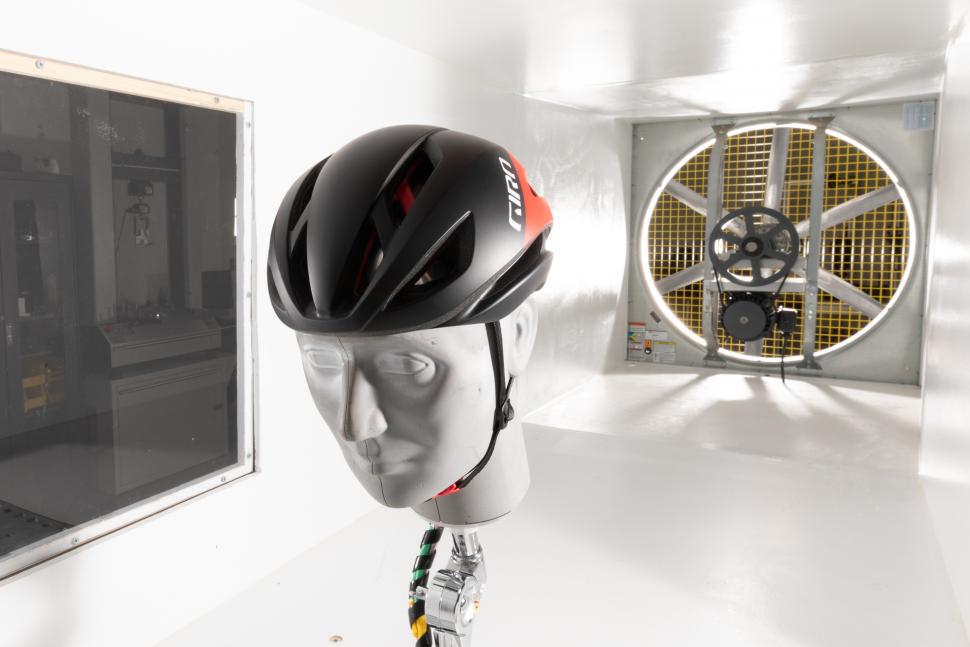 2022 Giro Eclipse Spherical wind tunnel
2022 Giro Eclipse Spherical wind tunnelGiro launches ‘fastest ever’ Eclipse Spherical aero helmet with added MIPS Spherical protection
Giro has revealed the new Eclipse Spherical aero road helmet, which is claimed to be the fastest road helmet the brand has ever tested. Giro also says it doesn't compromise on protection, heat management or comfort.
With an outer shell that’s designed to streamline airflow across multiple wind angles, not only is the Eclipse Spherical claimed to be a big step up from the speed of Giro’s previously fastest aero helmet, the Vanquish, Giro says it is the fastest road helmet it has ever tested.
> 22 of the best cycling helmets for 2021 — plus how to choose the right helmet for you
The Eclipse is claimed to beat the “closest aero road helmet competitor” by 14 seconds over 100 miles at 25mph (40.2 km/h) in a wind tunnel test, and is also a full minute faster than Giro’s very own Vanquish. Not quite the speed most of us can relate to for a 100 mile ride, though…
The Giro Aether was used as a baseline in the test. As you can see in the bar chart above, the Eclipse beat the Aether by 163.5 seconds, with the Aether covering 100 miles in four hours, while the Eclipse did it in 3hr 57mins 16.secs.
The wind average drag calculations are based on riding for 80% of the time in a “typical riding position” and the other 20% in a “head-down riding position”, to take into account real-world riding.
With its 14 Wind Tunnel vents, the Eclipse is also claimed to be almost as cool as Giro’s best in-class road helmet, the Aether Spherical - the Eclipse has a cooling efficiency of 89.25%, whereas the Aether has an efficiency of 89.75%. On top of this, the Eclipse is said to set a new standard for aero road helmets as, according to Giro, it proves to have a cooling efficiency that's 0.61% better than the closest competitor at 88.64%.
“These vents pull air through the helmet to decrease aerodynamic drag and provide incredible cooling power that rivals most aggressively vented road helmets,” Giro says.
Giro says it tested the Eclipse against the Aether, Helios and Vanquish, along with the closest aero competition from another brand; although again, it does not specify which brand or model.
Giro’s proprietary 'Therminator' heat-measuring head form was used to measure the helmet efficiency, with cooling measured from a starting temperature of 100 degrees Fahrenheit (37.78 degrees Celsius) and 25mph wind speed.
Along with the improved aero advantages and cooling benefits, Giro has introduced its ball-and-socket Spherical MIPs protection to the Eclipse.
If you need to get up to date on MIPS (Multi-directional Impact Protection System), find out all you need to know here. In short, MIPS is a low friction layer that allows relative movement between the outer section of the helmet and the head in all directions, the idea being to reduce rotational motion transferred to the brain in the event of an impact.
With MIPS Spherical technology – first introduced on the Giro Aether helmet a few years ago, and later on the Helios – you instead get two separate EPS layers with the outer one able to rotate around the inner one if you crash to help redirect impact forces away from the brain.
> Review: Giro Helios Spherical helmet
Progressive layering of both the inner and outer liners is claimed to offer greater protection too.
Giro has its patented Roc Loc 5 Air system for a stable fit and antimicrobial Ionic+ padding is designed to help absorb sweat and moisture.
Reflective decals are included on the rear to aid visibility when riding in low light conditions.
The helmet weighs in at a claimed 275g in the size medium. While helmets with added MIPS protection do tend to be slightly heavier, Met has been able to bring the weight of its Trenta 3K Carbon aero helmet with MIPS Air brain protection down to 225g (size medium) - that's 50 grams lighter than Giro's latest release here.
The Eclipse Spherical is priced at £239.99 and is available in five colourways.
Anna has been hooked on bikes ever since her youthful beginnings at Hillingdon Cycle Circuit. As an avid road and track racer, she reached the heady heights of a ProCyclingStats profile before leaving for university. Having now completed an MA in Multimedia Journalism, she’s hoping to add some (more successful) results. Although her greatest wish is for the broader acceptance of wearing funky cycling socks over the top of leg warmers.
Latest Comments
- imajez 25 min 16 sec ago
- looks like someone has fallen for the steel is real markerting BS. I only care how a bike rides, not what it is made of. I had a lovely steel...
- lonpfrb 1 hour 45 min ago
That argument is ignorance of the widespread height and width restrictions to be found on the many minor roads that were originally created for...
- David9694 4 hours 1 min ago
cyclists should be made to have number plates - Interesting police video here of the range of illegal number plates - we'd got, as the caption says...
- rookybiker 5 hours 14 min ago
The trailer seems to connect to both ends of the rear axle. Can it do tight corners without dragging the tyre sideways?
- froze 5 hours 17 min ago
Motorists have always been unkind to cyclists, but distracted driving is adding to the problem....
- Destroyer666 6 hours 10 min ago
Have you owned Bont shoes? In my experience even the widest Lake shoes have had a bizarre form of narrowing way too much in the toe area. But the...
- froze 6 hours 38 min ago
Not sure if this is possible, but this news letter goes out all over the world, and some places like Decathlon does not send stuff to America, in...
- Hirsute 7 hours 23 min ago
I'm confused as to why you'd need bib shorts indoors.
- Oldfatgit 7 hours 51 min ago
I'm sure you were being sarcastic... however ... Lewis Hamilton lives in Monaco. Yet another car driver that doesn't pay any tax
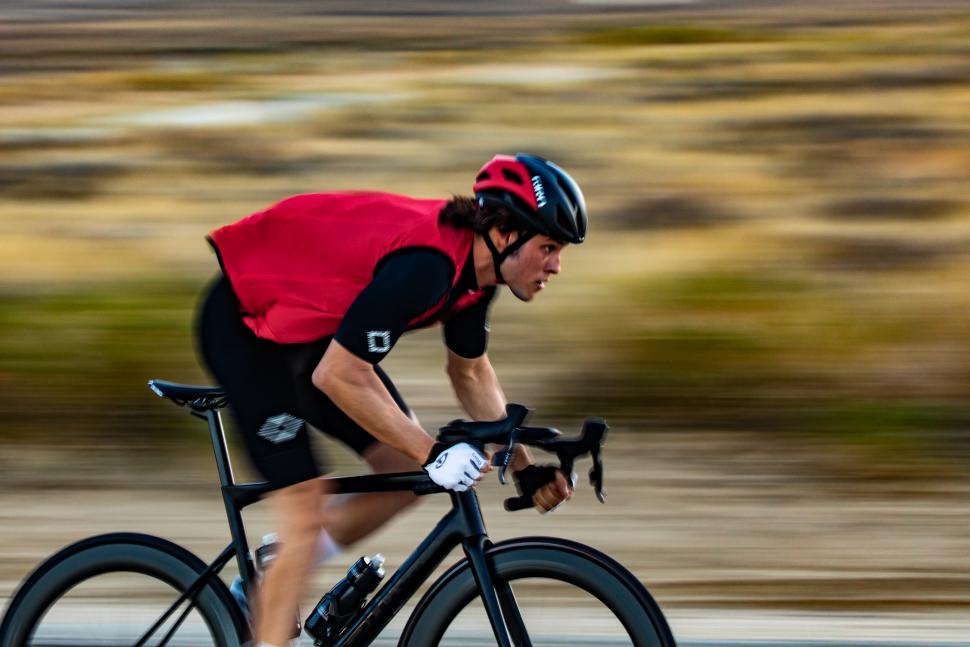


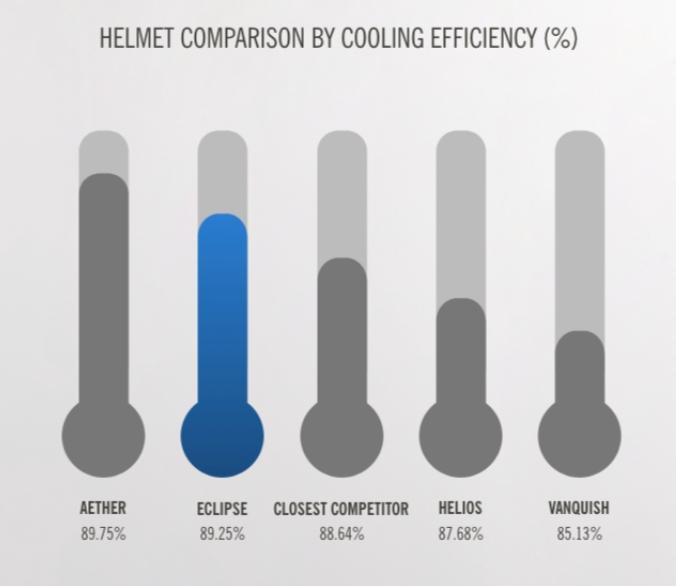

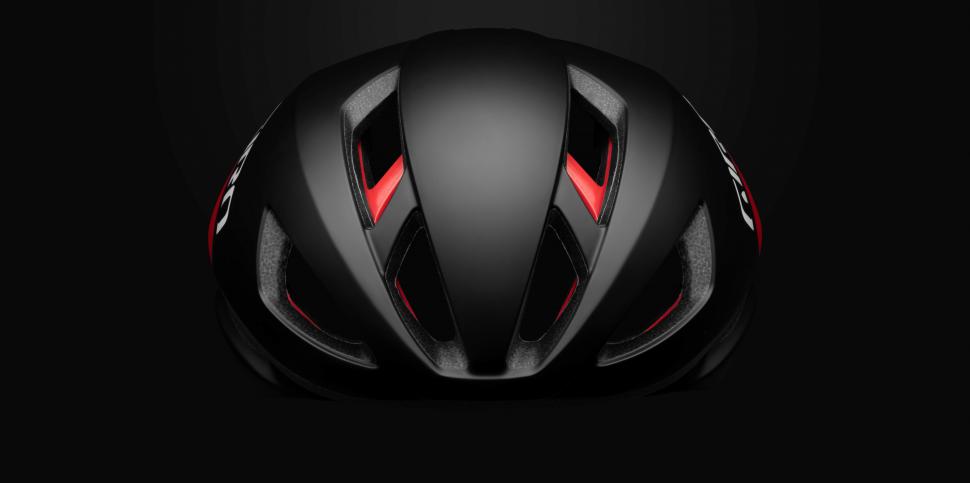

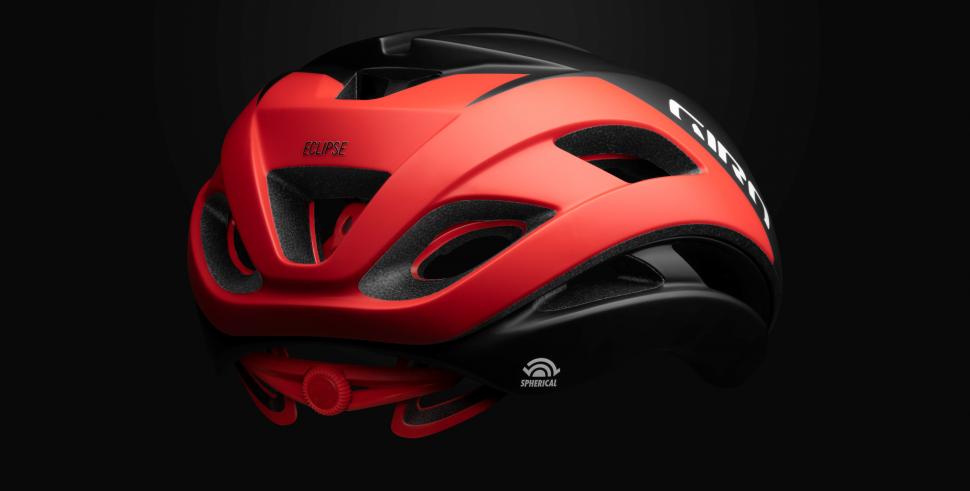

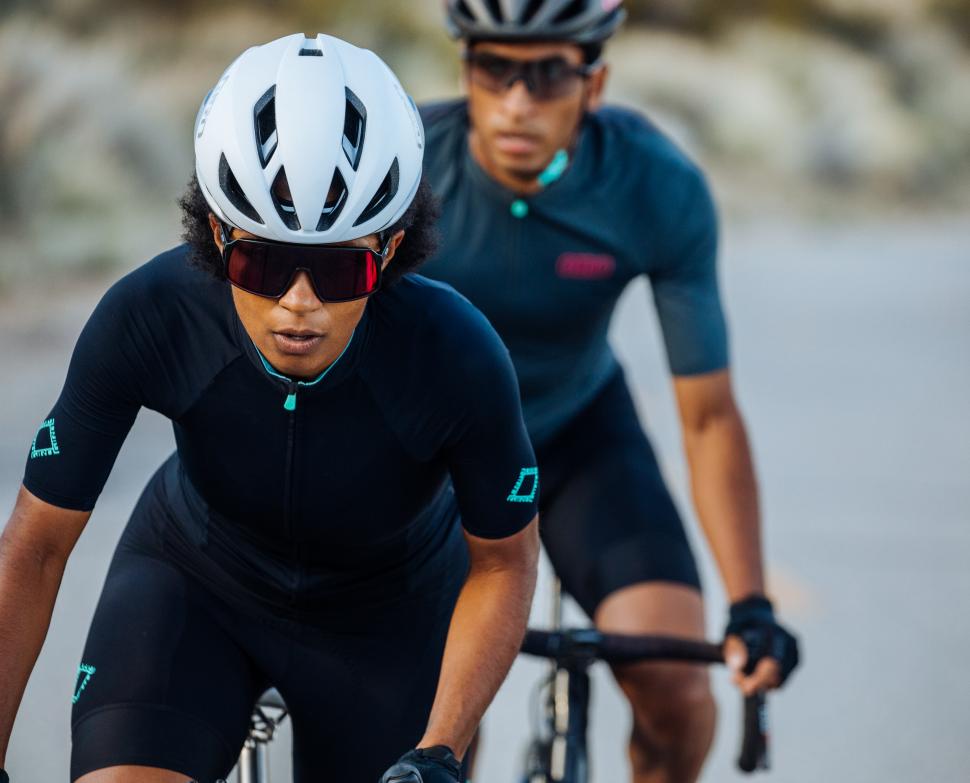
Add new comment
5 comments
Always look big and oversize do Giro helmets. Switched to Rudy Project a few years ago, much better fit and a lot less expensive.
Glad they kept things realistic then.
There's only one thing I care about when choosing new kit: Will it make riding my bike more pleasurable? A lot of factors can play a role here: comfort, durability, aesthetics, user-friendliness, etc. Speed too--fast is fun!--but only if we're talking about speed that can be perceived as part of the riding experience, not speed that has to be measured with finely calibrated tools and then checked after the ride--100 miles at 25 mph, 80% head neutral and 20% head down--is over.
I don't know my point is. I think the disingenuousness of this marketing garbage just makes me grumpy. I'll go find a cloud to yell at now.
The way the cycle industry markets aero products isn't great - e.g. who cares aboute 14 seconds over a 100 mile ride, except out and out racers?
However, instead the thinking of speed as the speed you are going relative to the road, think of the speed as relative to the air passing over you.
25mph speed relative to the air passing over you is something a lot of riders will experience for a prolonged period. e.g. you are doing 10mph relative to the ground into a 15mph headwind, or 5 mph into a 20mp headwind, etc.
And then instead of thinking of aero as performance or speed gains, think of it as efficiency.
Yes, tiny improvements like those quoted above against competitor aero helmets are pretty meaningless, but the jump from a standard, older helmet to this or similar modern aero road helmet probably is worth considering. And if your current older road helmet is due for replacement, then maybe the most aero helmet currently available is worth considering.
Independant test data (or even their own raw test data for that matter) to back-up the marketing would be good step though.
Show data - marketing version above only. Prove it giro, let specialized and POC see the data
Don't know about all the aero claims but that is a very neat, modern looking road cycling helmet.